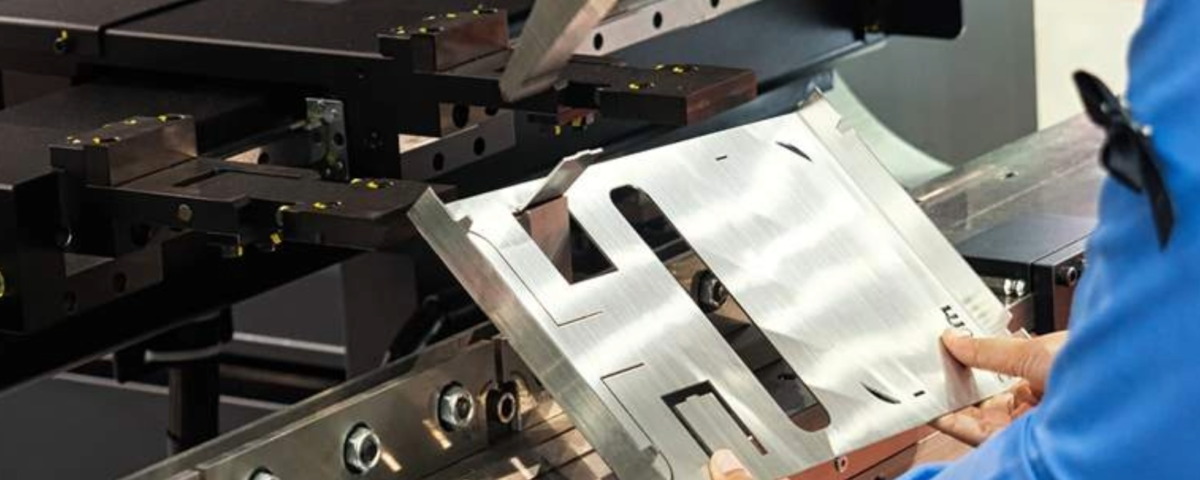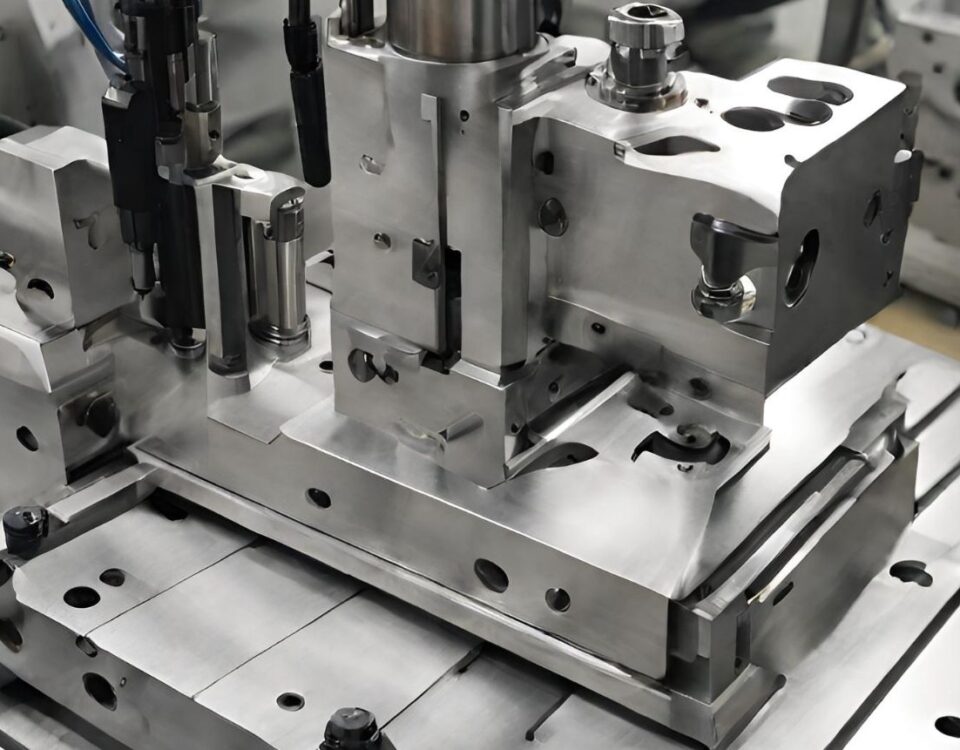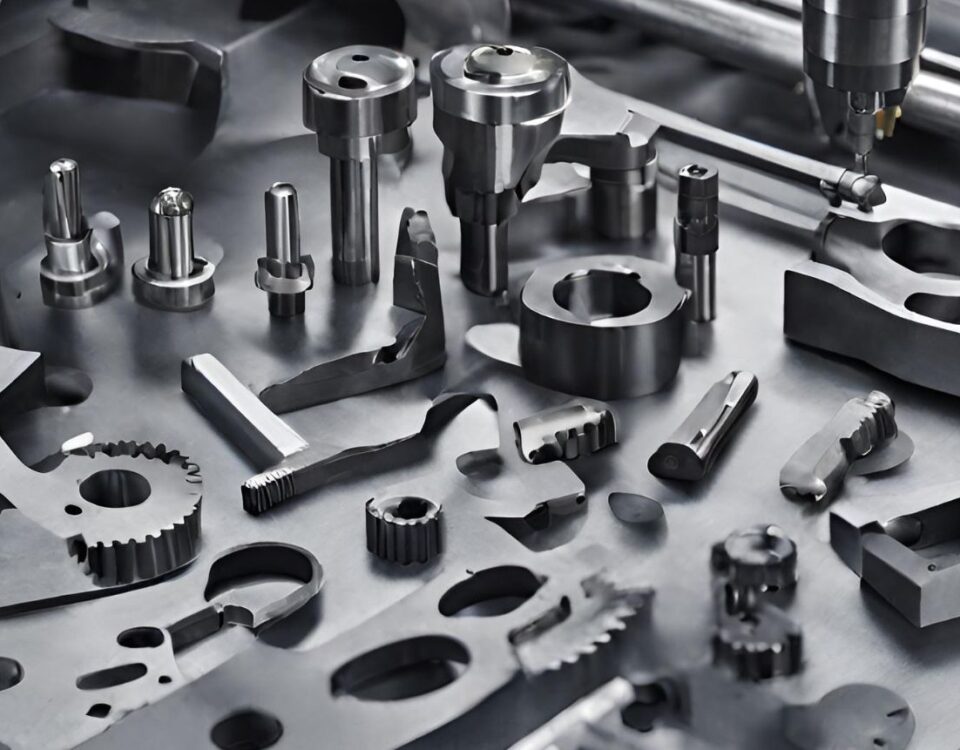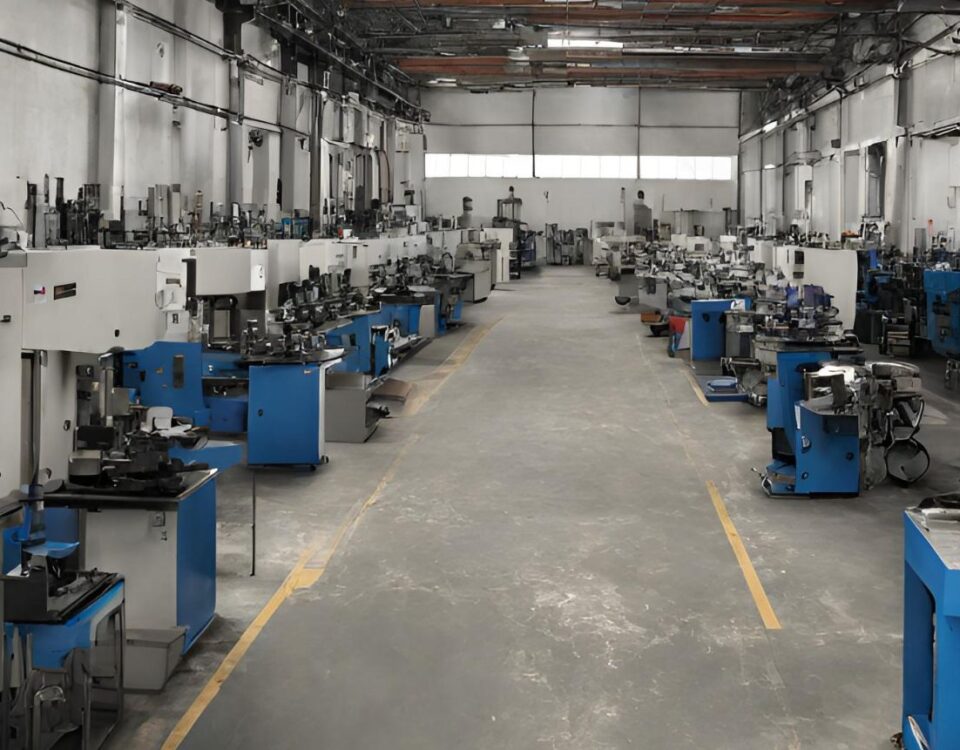
DIE CASTING ALUMINUM: WHAT IS IT?
6 November 2023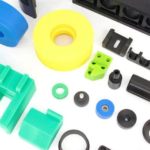
Ultimate Guide Plastic CNC Techniques and Services
8 November 2023What is Custom Sheet Metal Fabrication?
Custom sheet metal fabrication refers to the process of creating unique metal components or structures according to specific design requirements and specifications. It involves cutting, bending, shaping, and assembling sheet metal materials, such as steel, aluminum, or stainless steel, to create a finished product tailored to the customer's needs. The process typically starts with a design or blueprint that outlines the desired dimensions, features, and functionality of the metal component. Skilled fabricators then use various techniques, including laser cutting, CNC machining, welding, and forming, to transform flat sheets of metal into the desired shape and size. Custom sheet metal fabrication can be applied in a wide range of industries and applications, including automotive, aerospace, construction, electronics, furniture, signage, and more. It allows for precise customization and adaptation to specific requirements, ensuring that the final product meets the desired specifications and performance standards. The advantages of custom sheet metal fabrication include the ability to create unique and complex designs, precise tolerances, durability, strength, and the versatility to work with different metals. It offers businesses the flexibility to produce custom-made components that fit their exact needs and can be seamlessly integrated into larger systems or structures. Overall, custom sheet metal fabrication provides a tailored solution for manufacturing metal parts or products, offering versatility, customization, and high-quality results to meet the diverse needs of various industries.
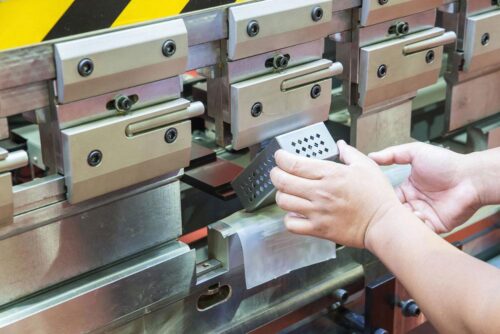
How Does Metal Fabrication Work?
Metal fabrication is a multi-step process that involves the creation of metal structures or components through cutting, shaping, and assembling various metal materials. Here is a general overview of how metal fabrication works:
1. Design and Planning: The fabrication process typically begins with a design or blueprint that outlines the desired specifications and requirements of the metal component or structure. This includes dimensions, materials, tolerances, and any specific features or functionality.
2. Material Selection: The appropriate metal material is chosen based on the project requirements. Common metals used in fabrication include steel, aluminum, stainless steel, copper, and brass. The material's properties, such as strength, corrosion resistance, and conductivity, are taken into consideration.
3. Cutting: Metal sheets or plates are cut into the desired shapes and sizes using various cutting methods. This can include processes like shearing, sawing, plasma cutting, laser cutting, or waterjet cutting. Precision is crucial to ensure accurate dimensions and smooth edges.
4. Shaping and Forming: The metal is then shaped and formed according to the design specifications. Techniques such as bending, rolling, stamping, and pressing are employed to give the metal the desired contours, curves, or angles. This may involve the use of specialized machinery, such as press brakes or rollers.
5. Joining and Welding: Different metal components are joined together to create the final structure or assembly. Welding, soldering, or brazing techniques are used to fuse the metal pieces. This ensures structural integrity, strength, and durability.
6. Surface Finishing: The fabricated metal may undergo surface treatments to improve its appearance, protection, or functionality. This can include processes like grinding, sanding, polishing, painting, powder coating, or plating. Surface finishing enhances the aesthetics, corrosion resistance, and overall quality of the final product.
7. Quality Assurance: Throughout the fabrication process, quality control measures are implemented to ensure that the final product meets the required standards. Inspections, measurements, and testing may be conducted to verify dimensions, tolerances, strength, and functionality.
8. Assembly and Installation: If the metal component is part of a larger structure or system, it is assembled and integrated accordingly. This may involve additional processes, such as fastening, riveting, or bolting, to securely connect the metal component to other parts or components.
By following these steps, metal fabrication enables the creation of custom metal products or structures that meet specific design requirements and serve various industries' needs. Skilled fabricators, along with advanced machinery and techniques, ensure the precise execution of each stage in the fabrication process.
The Metal Fabrication Process
Product engineers begin the process by requesting quotes from various fabricators by sending designs and sketches to them. The fabricators use their experience and the potential project to estimate costs and create a schedule. Product engineers choose one fabricator for that specific final product based on these quotes. Several different fabricators may be involved in different aspects of some final products. Next, the fabricator places an order for the project's supplies, which usually include tubes, bars, rods, and sheet metal.
After the components are delivered, the fabricators get to work. The fabricators may participate in the design process for custom sheet metal fabrication because unique products require particular methods to produce the desired outcome. Once the optimal manufacturing process for a product is subtracted, highly skilled fabrication shops such as All Metals Fabricating can typically produce any product. In the manufacturing process, assembly and finishing are the last steps. These operations readiness the product for application, be it coatings or joining methods. There are two methods for finishing raw metal: belt sander graining and vibratory sanding. Additional popular finishes are different plating specifications or powder coating.
Why Sheet Metal Fabrication is Important
Compared to other manufacturing processes, sheet metal fabrication requires precise measurements, layouts, and comprehensive plans to produce the finished product. Because sheet metal fabrication is utilized in so many sectors, including the automotive, aerospace, construction, and medical fields, it is highly significant. Many products are made using sheet metal fabrication, which involves working with a variety of materials including plastic, brass, carbon steel, and many more.
Benefits of Custom Sheet Metal
1 Cost-effective
Sheet metal parts can be produced on demand and at a lower setup cost than CNC machining. Because sheet metal components (such as chassis) are known for their durability, this makes them perfect for end-use applications. Parts with high initial setup and material costs are best suited for large production runs and prototypes.
2 Fast lead time
From the time of request to delivery, LEADRP can process your order in as little as 5 business days.
3 Strength and Durability
Sheet metal is pliable and can be formed in a variety of ways without losing its structural integrity. It might also be possible to bend the sheet, depending on how thick it is.
4 Wide Variety of Materials, Finishing options
Finishing, welding, sanding, powder coating, screen printing, heat treating & plating. Many different materials like surface treatments such as bead blasting, anodizing, powder coating, and so on aluminum, copper, and steel are just a few examples of the many materials available.
In conclusion, custom sheet metal fabrication is a versatile and precise process that allows for the creation of unique metal components and structures based on specific design requirements. By utilizing cutting, shaping, and assembling techniques, skilled fabricators transform flat sheets of metal into finished products that meet the desired dimensions, features, and functionality.
The process begins with careful planning and design, followed by material selection and cutting. Shaping and forming techniques are then employed to give the metal its desired contours and angles. Joining and welding methods ensure the structural integrity of the final product. Surface finishing treatments enhance the appearance and protection of the metal. Throughout the process, quality control measures are implemented to ensure the final product meets the required standards. Custom sheet metal fabrication offers numerous advantages, including the ability to create complex designs, precise tolerances, durability, strength, and versatility. It finds applications in various industries, such as automotive, aerospace, construction, electronics, and more.
By leveraging the expertise of skilled fabricators and utilizing advanced machinery and techniques, custom sheet metal fabrication provides tailored solutions that meet the specific needs of businesses and industries. It allows for the creation of high-quality, custom-made metal components that can be seamlessly integrated into larger systems or structures.

